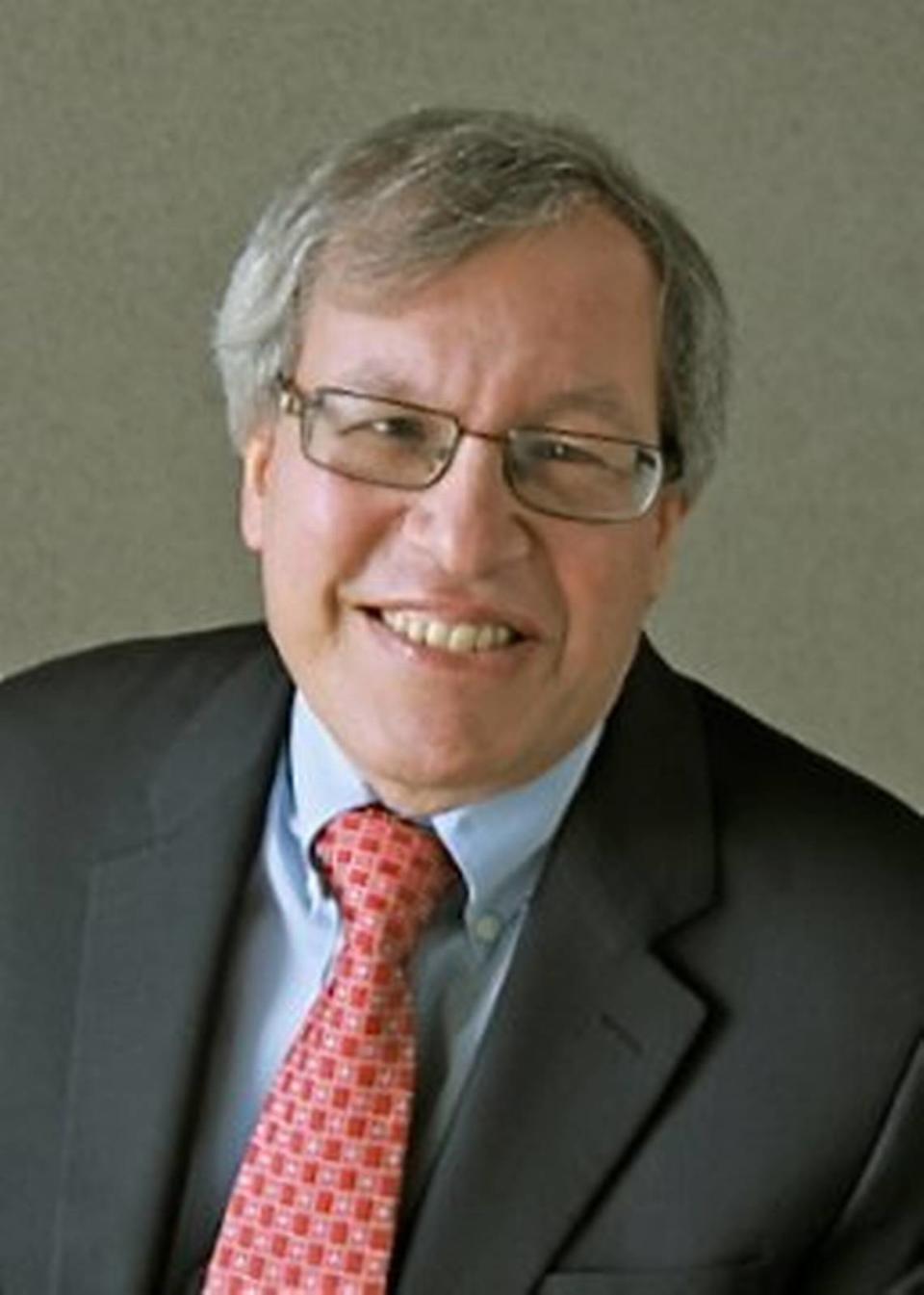Gov. Newsom was right to allow parole for Manson cult member Leslie Van Houten | Opinion
- Oops!Something went wrong.Please try again later.
California Gov. Gavin Newsom made the right choice on Friday, July 7, in announcing that he would not continue to fight parole for Leslie Van Houten. Since 2016, parole boards have recommended her release from custody five separate times. Each time, the governor — twice Jerry Brown and three times Newsom — overruled that decision.
In May, the California Court of Appeal, in a 2-1 decision, overruled Newsom and ordered Van Houten’s release. The court said “there is no evidence to support the governor’s conclusions.”
Newsom could have sought California Supreme Court review. Instead, he announced he would not appeal the matter and the practical effect is that Van Houten now can be released.
Opinion
No one denies the horrific crimes committed by Charles Manson and his followers, including Van Houten, who together killed seven people in Los Angeles over two nights in August 1969. Among them was actress Sharon Tate, who was eight and a half months pregnant at the time.
The five perpetrators, including Van Houten, were convicted and sentenced to death. In 1972, the California Supreme Court declared the state’s death penalty law unconstitutional. Although it was later reenacted, the death sentences of these individuals were overturned because it had been imposed under an unconstitutional law. The sentence for each was commuted to life in prison with the possibility of parole.
Manson remained in prison until his death in 2017. The other defendants remain in prison, each having been repeatedly denied parole. Van Houten, too, had been denied time after time. Indeed, the first 22 times she applied, the request for parole was rejected. But the last five times, the parole board recommended parole, only for it to be overturned by the governor.
Why parole someone who was part of such a heinous crime? She was 19 when the murders occurred, the youngest of those involved. Van Houten has been in prison for over a half century. Most important, the parole board and the Court of Appeal found that she demonstrated remorse and extraordinary rehabilitation.
“Van Houten has shown extraordinary rehabilitative efforts, insight, remorse, realistic parole plans, support from family and friends, favorable institutional reports and, at the time of the governor’s decision, had received four successive grants of parole,” the Court of Appeal declared.
Newsom could have gone to the California Supreme Court and asked them to take the case and overturn the Court of Appeal. It would have been entirely up to the high court as to whether the appeal was heard, and there were strong odds that they wouldn’t have taken it up. The case presents no new questions of law. The Court of Appeal opinion was thorough and the decision was certainly reasonable, even if some of the justices might have come to a different conclusion.
In the end, Newsom had to decide whether it was worth continuing to fight to keep Van Houten in prison for the rest of her life. There is no reason whatsoever to believe that she is a threat to anyone once released.
There is, however, a difficult question of whether there are some crimes that are so awful that the perpetrator should never be paroled, no matter how young they were when the crime was committed or how long they have served in prison. Our legal system has made the judgment that such sentences can be imposed. The punishment is termed “life without the possibility of parole.” And, if that had been Van Houten’s sentence, parole would have been precluded.
But her sentence was explicit in allowing parole. The Court of Appeal was right, under the facts of this case, to say that parole should have been granted. And Newsom was right in letting it go and allowing Van Houten to be paroled.
Erwin Chemerinsky is the dean and a professor at the UC Berkeley School of Law.


